National Garden Clubs, Inc., is recognized as the largest volunteer gardening organization in the world. Since 1929, it has provided garden club members with educational opportunities in all aspects of gardening and floral design. NGC aids in the protection and conservation of natural resources, promotes civic beautification and encourages the improvement of roadsides and parks. https://gardenclub.org/
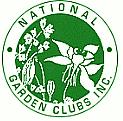
The Deep South Region web site features Information on and projects of Federated Garden Clubs in the States of Alabama, Florida, Georgia, Louisiana, Mississippi and Tennessee that comprise the Deep South Region and are members of National Garden Clubs, Inc. https://www.deepsouthgardenclubs.com/
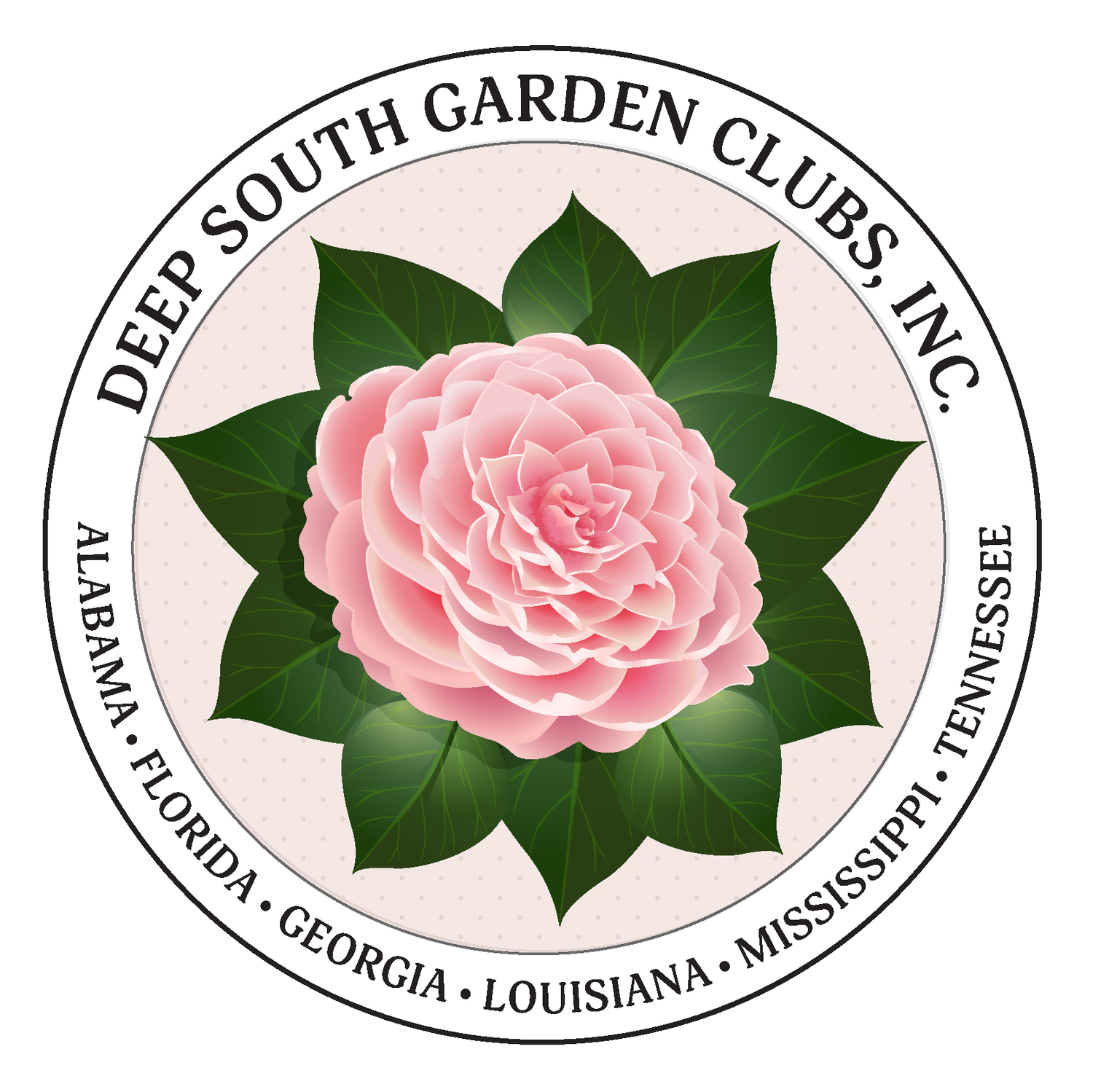
The Garden Club of Georgia, Inc., is affiliated with National Garden Clubs, Inc. (NGC). State Headquarters is located on the grounds of the State Botanical Garden in Athens, Ga. The 80th anniversary was celebrated in 2008. GCG is governed by a Board of Directors consisting of the State Chairs of programs, District Directors, State Officers, and former Presidents. There are seven geographical districts: Laurel, Azalea, Oleander, Camellia, Magnolia, Dogwood, and Redbud. These seven District groups carry out the state program on a local level throughout Georgia. https://www.gardenclubofgeorgia.org
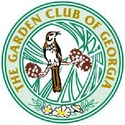
The Dogwood District is made up of 62 clubs in six areas of northern Georgia. It is the mission of the board to help clubs grow and achieve their goals. The district offers Landscape Design Courses, as well as working with clubs to develop and present flower shows. Sandy Springs Garden Club is part of the Fulton Federation in the Dogwood District. https://gardenclubofgeorgia.org/dogwood-district-page/
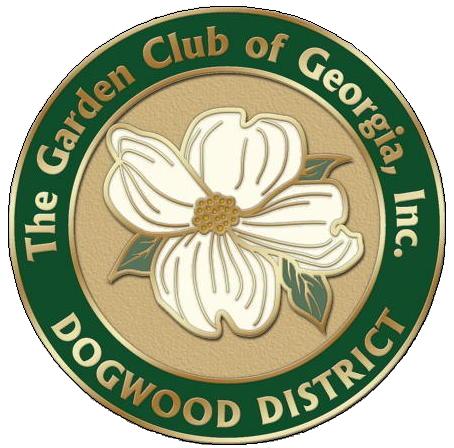
Southern Garden History: Cherokee Garden Library: More than 25,000 books, photographs, manuscripts, seed catalogs, and landscape drawings are included in the Cherokee Garden Library collection. These rare and valuable resources tell the story of American horticulture and botanical history in the Southeastern United States and areas of influence throughout America, Europe, and Asia. The collection is accessible to anyone interested in exploring the heritage of gardening, landscape design, garden history, floral design, botanical art, and ecology. While the collection is a focal point, the Garden Library also attracts a community of people who enjoy the year-round calendar of lectures, exhibitions, tours, and collaborations with partner agencies.The Cherokee Garden Library is a member of the Southern Garden History Society and The Council on Botanical and Horticultural Libraries. http://www.atlantahistorycenter.com
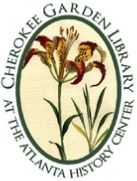
The Georgia Perennial Plant Association offers the opportunity of learning new information about gardening with perennials. The association is dedicated to expanding knowledge of perennial plants and sharing the love of gardening with each other, whether a beginner or an experienced professional. There are monthly meetings (the third Tuesday of the month) featuring local and national gardening experts; the quarterly newsletter Perennial Notes; an annual gardening symposium; a June garden tour; and many social activities. http://georgiaperennial.org

The Atlanta Botanical Garden mission is to develop and maintain plant collections for display, education, research, conservation and enjoyment. The garden includes a Canopy Walk, Edible Garden, and Cascades Garden, as well as a conservatory and other gardens. Atlanta Blooms at the garden is a springtime exhibition featuring thousands of bulbs. There is also a Garden Lights holiday tradition with more than one million lights. http://www.atlantabotanicalgarden.org/

The State Botanical Garden of Georgia is a public educational facility operated under the auspices of the University of Georgia. It is a "living laboratory" for university students and faculty who utilize the collections and natural plant communities for studies in a variety of disciplines. The Garden is also a public garden for enjoyment by the general public who find beauty, knowledge and solitude in a garden setting.The Garden is located three miles south of the University campus. Founded in 1968, it now encompasses more than 300 acres, much of which borders the Middle Oconee River.http://botgarden.uga.edu/
